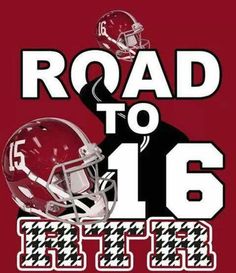Pick 5 for Friday, September 2, 2016 – College Football
College Football Picks Yesterday, in this article, I gave you my picks for the games on Sept. 1st. I went 4-1 with Tennessee not holding up. If you want to wager some money here are my Top 5 Picks for tonight. Colorado State +8.5 against Colorado Stanford -14.5 at…

